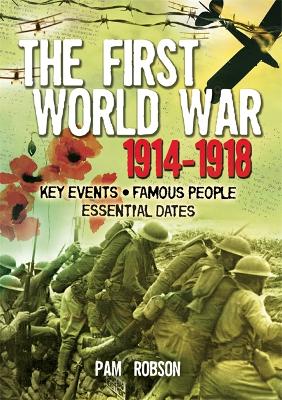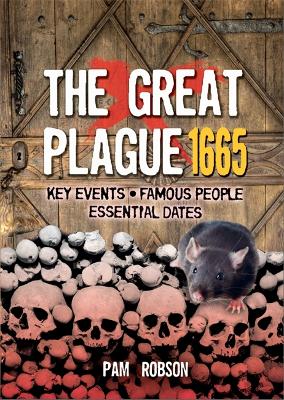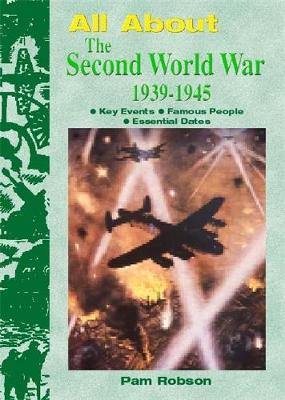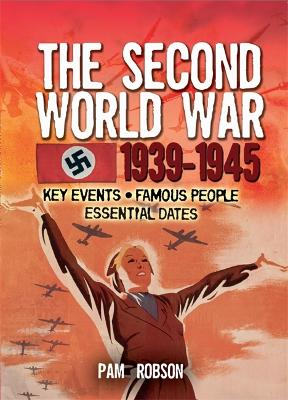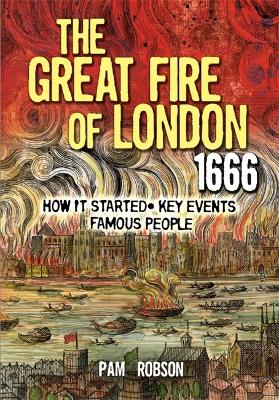All About
7 total works
This book is ideal for school project work or for those who want an 'at-a-glance' overview of the First World War. Complete with descriptions of the key events of the war, it tracks the progress of the battles and investigates how peace was finally achieved.
The timeline, glossary and clearly-headed spreads make it easy to refer to essential dates, facts and personalities. Maps, contemporary photography, paintings, posters and pictures of artefacts all help bring the topic to life.
This book is ideal for school project work or for those who want an 'at-a-glance' overview of The Great Plague. Complete with descriptions of the key events of the plague, it explains how it started and spread, how it affected its victims and how London was affected during the outbreak.
An ideal topic for study of an aspect of British history that extends pupil's chronological knowledge at KS2. The timeline, glossary and clearly-headed spreads make it easy to refer to essential dates, facts and personalities. Maps, contemporary paintings and pictures of artefacts all help bring the topic to life.
This book is ideal for school project work or for those who want an 'at-a-glance' overview of the Second World War. Complete with descriptions of the key events of the war, it tracks the progress of the battles and investigates how peace was finally achieved.
The timeline, glossary and clearly-headed spreads make it easy to refer to essential dates, facts and personalities. Maps, contemporary photography, paintings, posters and pictures of artefacts all help bring the topic to life.
This book is ideal for school project work or for those who want an 'at-a-glance' overview of the Second World War. Complete with descriptions of the key events of the war, it tracks the progress of the battles and investigates how peace was finally achieved.
The timeline, glossary and clearly-headed spreads make it easy to refer to essential dates, facts and personalities. Maps, contemporary photography, paintings, posters and pictures of artefacts all help bring the topic to life.
London, Saturday 1 September 1666: lumbering wagons squeeze their way through the narrow streets, with fights often breaking out between drivers over right of way. Wooden bollards line the street; pavements have yet to be built. Filth and sewage lays waiting to be cleared by 'rakers', stinking in the hot dry weather. An easterly wind arises. At some time after midnight the Great Fire began.
A great introduction to the Great Fire of London for children at KS1 and KS2 that includes extracts from Samuel Pepys' diary, photographs of historical artifacts and a look at fire fighting before the fire broke out and after.
This book is ideal for school project work or for those who want an 'at-a-glance' overview of The Great Plague. Complete with descriptions of the key events of the plague, it explains how it started and spread, how it affected its victims and how London life came to a virtual standstill during the outbreak.
The timeline, glossary and clearly-headed spreads make it easy to refer to essential dates, facts and personalities. Maps, contemporary paintings and pictures of artefacts all help bring the topic to life.
